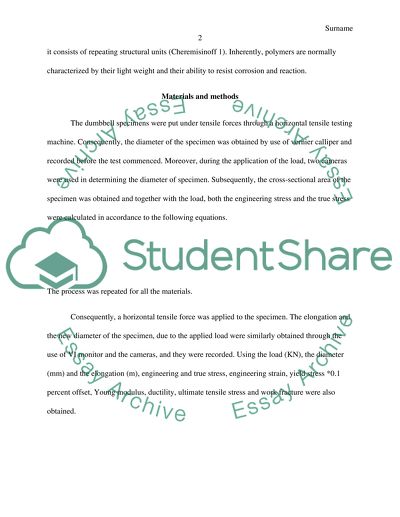Cite this document
(“Lab report- materials Report Example | Topics and Well Written Essays - 750 words”, n.d.)
Retrieved de https://studentshare.org/engineering-and-construction/1463543-lab-report-materials
Retrieved de https://studentshare.org/engineering-and-construction/1463543-lab-report-materials
(Lab Report- Materials Report Example | Topics and Well Written Essays - 750 Words)
https://studentshare.org/engineering-and-construction/1463543-lab-report-materials.
https://studentshare.org/engineering-and-construction/1463543-lab-report-materials.
“Lab Report- Materials Report Example | Topics and Well Written Essays - 750 Words”, n.d. https://studentshare.org/engineering-and-construction/1463543-lab-report-materials.


